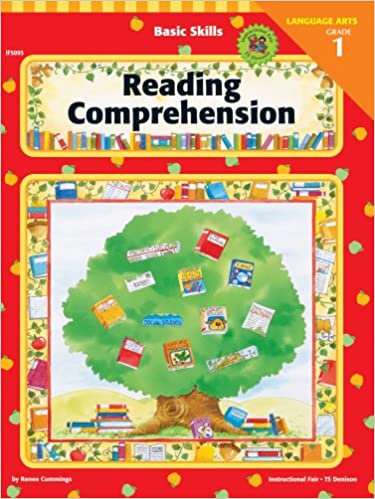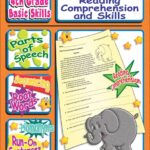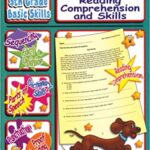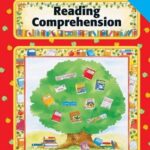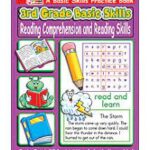Basic Skills Reading Comprehension, Grade 1. Basic reading comprehension and reading skills activities necessary for developing the skills students need to succeed! Free eBook
Basic Skills Reading Comprehension, Grade 1

Basic Skills Reading Comprehension, Grade 1
To all teachers, students, parents and guardians, this worksheet suits for students as well as individuals who need to acquire basic reading and writing. The language used is simple and clear enough for students to understand. We provides different part of this worksheets.
The concepts that young readers learn in preschool, kindergarten and first grade will provide a strong foundation for them as they master more complicated texts in the school years to come. These most basic skills are vital to their future success as readers. Unfortunately, many students do not develop a robust toolbox of strategies when they are young, and they then can fall behind when texts become more sophisticated and content-heavy. In order to succeed in the upper elementary years and beyond, students need to learn critical reading skills and strategies when they are young. The older a student becomes, the more challenging it can be to close the gap and remediate reading instruction.
Basic Skills Reading Comprehension, Grade 1
In first grade students need to learn:
Comprehension and Metacognitive Strategies
The point of reading is understanding. Students need to notice when the text does not make sense so they can self-correct their mistakes. Students must learn to reread words and sentences and to use pictures and context clues to help understand difficult texts. Without self-correcting strategies, students often have no idea if what they just read is correct or makes sense.
Basic Story Structure (character, setting, problem, solution)
Students who understand the basic elements of a story have a much easier time understanding why and how events occur in the story, which will in turn help their comprehension of the story. Knowing story structure will also help develop students’ writing skills.
Decoding Skills
In order to tackle unfamiliar words students must have solid sound-letter correspondence and be able to blend sounds together. In addition, knowledge of spelling patterns, including silent or “magic” letters and vowel and consonant combinations (ea, th, ch etc.) will help students be able to decode text
Sight Words
Students who have memorized a large vocabulary of high-frequency sight words (i.e. that, are, one, the etc.) will usually be able to read much smoother and faster than those who have not worked on these words at length.

BROWSE THE EBOOK

IF YOU ARE INTERESTED IN BUYING THIS BOOK, CLICK ON THE BUTTON BELOW

WE DO NOT SUPPORT COPYRIGHT DISPUTES – USE ONLY FOR TEACHING AND LEARNING PURPOSES

